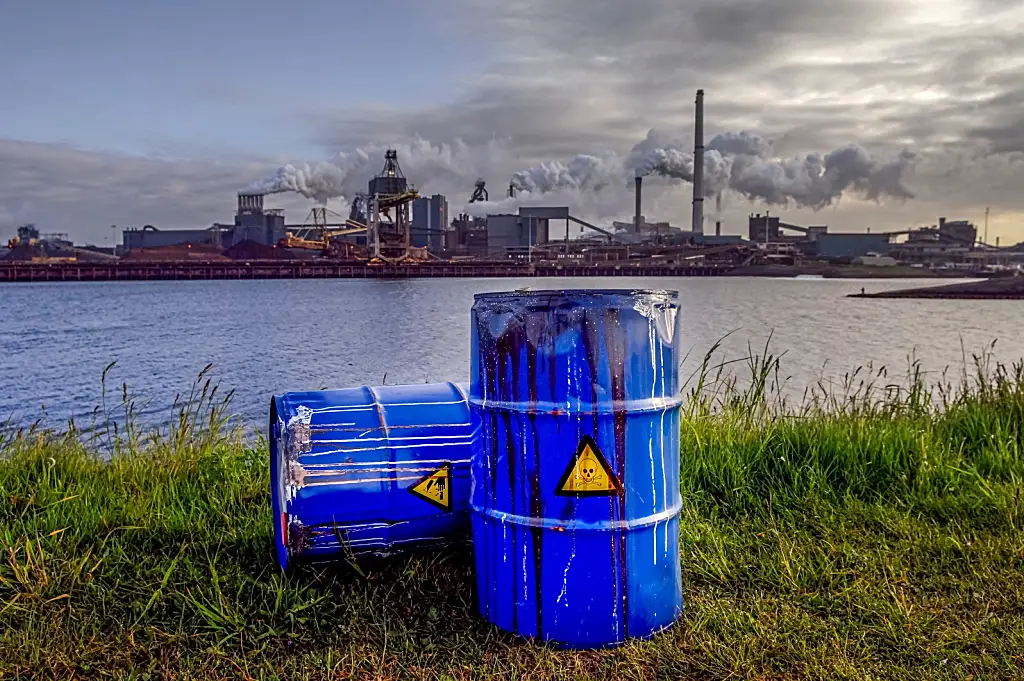
In our modern world, it’s hard to escape plastic. Plastic is so ubiquitous and long-lasting in the environment that plastic particles known as microplastics are now found in our drinking water, blood, and even in the plaque lining our arteries. These particles and the chemicals they release are associated with serious health problems, such as heart attack, stroke, cancer, fertility issues, and more. And that’s only what we know of so far. Of the 16,000 chemicals that are used in plastics, 26% have been found to be potentially unsafe for humans and the environment. The remainder have not yet been evaluated for health risks.
While most people in the U.S. have some daily exposure to plastic, not everyone bears the burden of plastic pollution equally. Low-income communities and communities of color have fewer options to reduce their exposure, and could be faced with disproportionate health impacts during all phases of the plastic lifecycle. This underscores the urgency for equitable solutions that promote environmental justice.
The Dangers of Plastic Across Its Lifecycle
Plastic Production Health Effects
Plastic manufacturing plants release chemical pollutants into the air and water and are often located near communities of color and low-income areas. In Louisiana, 200 chemical plants are crammed inside an 85-mile stretch of communities along the Mississippi River now known as “Cancer Alley.” Residents of this corridor, particularly of the predominantly Black communities, face significantly higher risks of cancer, asthma, and reproductive disorders compared to communities that don’t live near these plants’ chemical emissions.
Use and Exposure to Chemicals in Plastic
Unequal exposure to plastic continues once items hit the shelves. For example, people who live in food deserts—areas where there is limited access to fresh, nutritious food options—often rely on discount stores that stock processed and packaged foods. Studies have shown that processed foods acquire more microplastics during production and the plastic packaging can release additional microplastics and plastic-associated chemicals into the food itself.
Similarly, affordable clothing is usually made from low quality synthetic materials and sheds microplastics during washing and wearing. When these clothes quickly become unwearable, low-income communities and communities of color don’t always have the luxury of replacing them with expensive, higher quality items.
As a result, these communities can be disproportionately exposed to more plastic via increased plastic purchasing.
Effects of Plastic Waste on Human Health
Even plastic recycling plants, which are often seen as a solution, have their own drawbacks. Recycling facilities have been shown to release microplastics into the surrounding environment, exposing employees and nearby communities.
Plastics are also shipped abroad for recycling and sorting, burdening low-income countries with the responsibility of handling them while exposing them to more plastic. Informal waste pickers, primarily women, in these countries utilize this collection practice as a method to gain income and autonomy. However, the lack of protective equipment while sorting this trash has been associated with higher risks of physical injury or risk of disease for the workers and their families. Additionally, global transport of plastic waste is a source of plastic leakage into the environment which can infringe on the sovereignty of Indigenous peoples, such as northern tribes and island nations that have been inundated with plastic pollution that has accumulated on their shores.
Promoting Health and Equity by Reducing Plastic Pollution’s Effects
Plastic pollution has become a global health crisis, and we must enact policies that create effective, sustainable, and equitable solutions. To this end, the United Nations is developing a treaty that aims to reduce plastic pollution and limit the use of hazardous chemicals in plastic production—a major step towards reducing health disparities.
By developing accessible plastic alternatives, improving waste management systems, and reducing inequities in the U.S. and globally, we can support these efforts to protect our health.
Learn more about RTI’s work to address plastic pollution and keep plastic out of the ocean, as well as our research on contaminants of concern and our broader environmental justice efforts.
